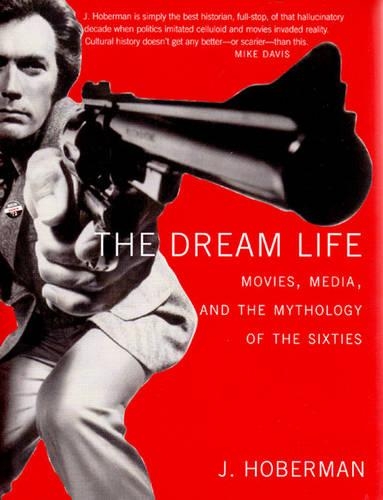
The Dream Life: Movies, Media and the Mythology of the Sixties
(Paperback)
Publishing Details
The Dream Life: Movies, Media and the Mythology of the Sixties
By (Author) Jim Hoberman
The New Press
The New Press
12th October 2005
United Kingdom
Classifications
General
Non Fiction
Media studies
History of the Americas
791.43097309046
Physical Properties
Paperback
480
Width 155mm, Height 200mm
574g
Description
In what the New York Times' A.O. Scott called a "suave, scholarly tour de force," J. Hoberman delivers a brilliant and witty look at the decade when politics and pop culture became one. This was the era of the Missile Gap and the Space Race, the Black and Sexual Revolutions, the Vietnam War and Watergate - as well as the tele-saturation of the American market and the advent of Pop art. In "elegant, epigrammatic prose," as Scott put it, Hoberman moves from the political histories of movies to the theatre of wars, national political campaigns, and pop culture events. With entertaining reinterpretations of key Hollywood movies (such as Bonnie and Clyde, The Wild Bunch, and Shampoo), and meditations on personages from Che Guevara, John Wayne, and Patty Hearst to Jane Fonda, Ronald Reagan, and Dirty Harry, Hoberman reconstructs the hidden political history of 1960s cinema and the formation of America's mass-mediated politics.
Reviews
"The way Hoberman relates the cinema of the 1960s to its historical context is illuminating. And in a month when Arnold Schwarzenegger was elected governor of California after an election campaign high on cimematic spectacle and low on policy, this book's view of Hollywood and Washington as twinned centres of power has become all the more resonant." -The Financial Times; "So invigorating that I had to ration myself to a chapter a week." -The Guardian; "Full of intelligence." -Sight & Sound; "His analysis of the political architecture of films such as Bonnie and Clyde and the Wild Bunch is revealing." -The Independent"
Author Bio
J. Hoberman is senior film critic at the Village Voice and writes for the New York Times and other publications. His previous books include Entertaining America (with Jeffrey Shandler), The Red Atlantis, Bridge of Light, and Vulgar Modernism.
